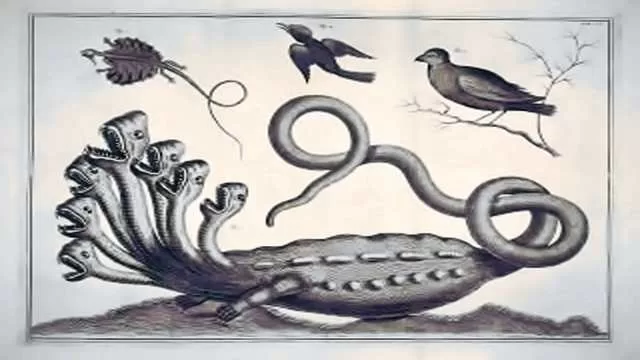When we think of remarkable books that have shaped our understanding of the natural world, one title stands out for its beauty, strangeness, and sheer fascination: LoccupletissiminRerum Thesauri Accurata Descriptio, or simply the Thesaurus.
This four-volume masterpiece, created by the Dutch apothecary and naturalist Albertus Seba, is not just a book; it is a treasure trove of the rarest natural objects, showcasing the wonders of the world in a way that was revolutionary for its time.
The Man Behind the Masterpiece
Albertus Seba was more than just an apothecary; he was a passionate collector of natural history. His journey began in the early 18th century when he enlisted Dutch sailors to bring back specimens from their voyages. This was a time when apothecaries relied heavily on natural ingredients for their remedies, and Seba’s interest extended beyond medicinal uses. He sought to understand and appreciate the specimens for their intrinsic beauty and uniqueness.
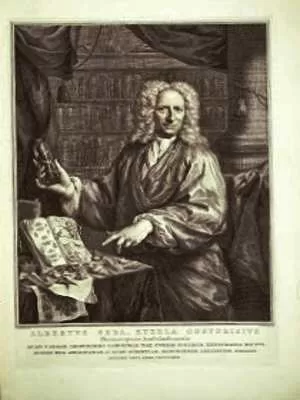
Seba’s success as an apothecary was notable; he treated prominent figures, including Peter the Great, and advertised his remedies in newspapers, amassing a considerable fortune. His wealth allowed him to build an impressive collection of curiosities, which he later transformed into the Thesaurus.
The Cabinets of Curiosities
The Thesaurus emerged during a fascinating period in European history when Kunstkammern, or Cabinets of Curiosities, were all the rage. These cabinets were collections of oddities—both natural and man-made—that aimed to encapsulate the known world. They included everything from coins and figurines to scientific instruments and exotic specimens. As exploration expanded, so did the variety of curiosities, inviting speculation and wonder.
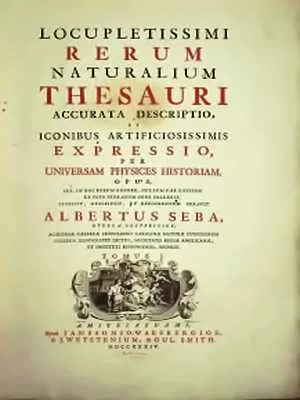
Seba’s collection was celebrated across Europe, and it was so impressive that Peter the Great purchased it for 15,000 guilders to enhance his own cabinet. This acquisition spurred Seba to create an even more extensive second collection, leading to the publication of the Thesaurus starting in 1734.
A Visual Feast
The Thesaurus is renowned for its stunning copperplate engravings—a total of 446 illustrations that bring to life the flora and fauna of the world. The first volume features plants and animals from Asia and America, while subsequent volumes delve into snakes, marine life, and insects. The illustrations were initially published in black and white, but many buyers commissioned professional colorists to enhance them, elevating their aesthetic and scientific value.
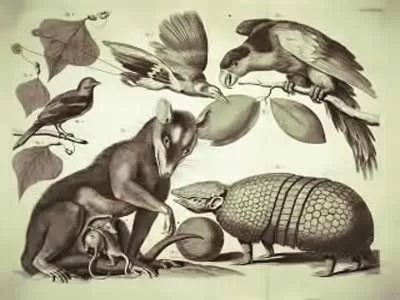
The quality of the engravings is exceptional, with thirteen different artists contributing to the plates. Among the 175 double-page plates, some illustrations are strikingly peculiar, reflecting the artists’ interpretations of unfamiliar specimens. For instance, the hydra—a creature of myth—may have been inspired by the bizarre forms of real-life organisms.
The Legacy of Seba’s Work
Seba’s Thesaurus was not merely a collection of images; it was a gateway for the public to experience the wonders of the natural world. At a time when many of these organisms had never been seen in Europe, the Thesaurus allowed ordinary people to marvel at the exotic creatures being discovered. The sense of awe and wonder that these illustrations inspired is palpable, as they opened a window to the unknown.
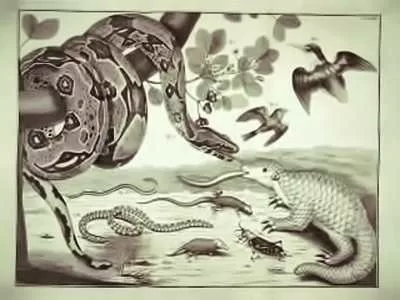
The commentaries accompanying the illustrations were published in Latin-French and Latin-Dutch, ensuring accessibility to a broad audience. The first two volumes were penned by Seba himself, with input from other naturalists, further solidifying the work’s scientific credibility.
After Seba’s death in 1736, his collection was sold to fund the printing of the third and fourth volumes. Today, parts of this extraordinary collection can be found in prestigious institutions such as the Zoological Institute in St. Petersburg, the Natural History Museum in Stockholm, the Zoological Museum in Amsterdam, and the British Museum in London.
Conclusion
The LoccupletissiminRerum Thesauri Accurata Descriptio is more than just a book; it is a testament to the curiosity and wonder of the natural world. Albertus Seba’s dedication to collecting and documenting the rarest specimens has left an indelible mark on the field of natural history. As we continue to explore and understand our planet, the Thesaurus remains a beautiful reminder of the treasures that nature holds, waiting to be discovered.
Whether you are a lover of art, science, or history, the Thesaurus is a must-see, a true treasure house of knowledge and beauty that continues to inspire awe centuries after its creation.

